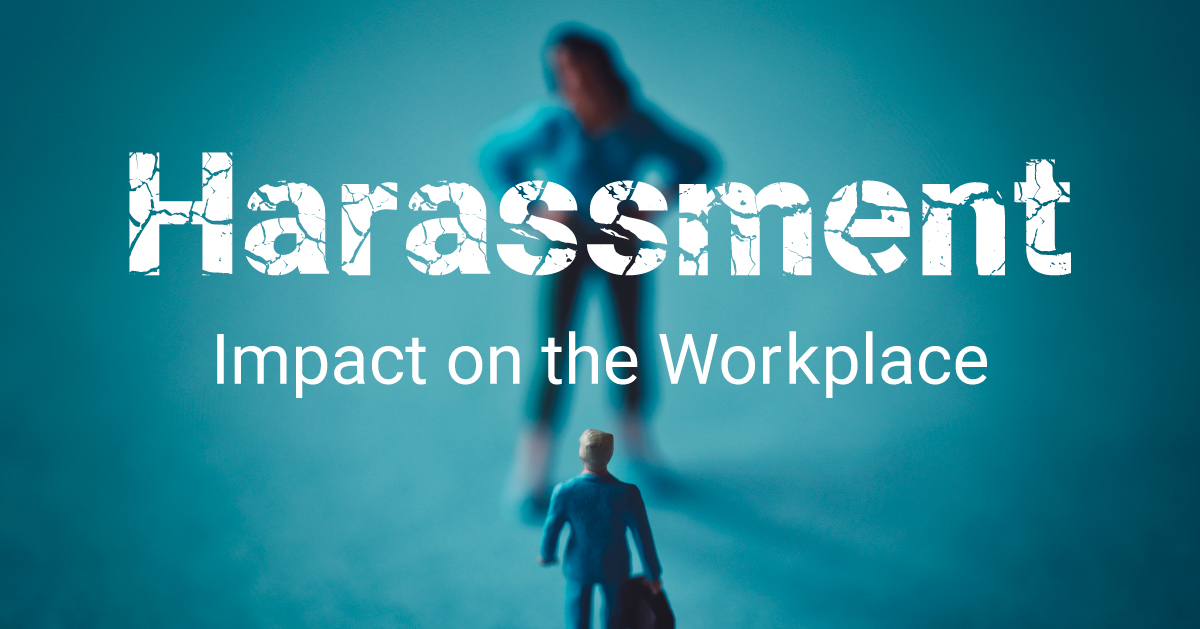What is Academic Harassment? The risks to the university, how to deal with it, and how to prevent it.

Because universities, where students are actively engaged in educational and research activities, are home to a diverse range of people, harassment that takes advantage of differences in position can be a concern. To prepare for the risk of academic harassment at educational institutions, universities should begin taking steps to prevent it.
This article provides basic knowledge of academic harassment, how to deal with it, and how to prevent it. We also introduce some useful services for training faculty and staff.
Contents
- 01What is academic harassment?
- Characteristics of Academic Harassment
- Major Examples of Language and Behavior that Constitute Academic Harassment
- 02Factors that cause academic harassment and risks to the university
- Factors that cause academic harassment at universities
- Risks posed to universities by academic harassment
What is academic harassment?

Academic harassment can occur even in educational settings where a safe environment should be ensured. First, let us introduce some characteristics and specific examples of academic harassment.
Characteristics of Academic Harassment
Academic harassment is the use of power relationships and words or actions that cause emotional or physical distress in educational institutions such as universities and graduate schools.It is also called "akaharashi" for short. It is generally committed by a person who is in a superior position to the other party.
Harassment that takes advantage of a superior relationship exists in addition to academic harassment. For example, harassment that occurs within companies and other workplaces is "power harassment" (power harassment).
There are also cases of both academic harassment and "sexual harassment" (sexual harassment). Sexual harassment is the infliction of pain by sexual words or actions that are against the will of the other person.
The following are examples of the primary relationships in which academic harassment occurs
- From university professors to researchers
- From seminar and laboratory supervisors to seminar and research students
- From graduate students to undergraduates
In addition to this, damage can also occur in relationships between faculty members who are in different professional positions.
Major Examples of Language and Behavior that Constitute Academic Harassment
Any direct or indirect interference with a person's studies or research activities constitutes academic harassment.
Interference with graduation, promotion, or employment is another example of academic harassment. Forcing a student to stay in school without giving credits without a justifiable reason or infringing on the right of the student to choose his/her own career path are considered problematic words or actions.
Furthermore, depriving someone of their research results is not only unethical and inappropriate for a researcher, but also constitutes academic harassment. Plagiarizing ideas or forcing someone to co-author a paper is also not acceptable.
Even if you are aware that it is part of your instruction, it is considered academic harassment if you are violent or verbally abusive to the other person. Excessive reprimands or harassing behavior in educational or research settings will not be tolerated.
Back to ContentsFactors that cause academic harassment and risks to the university

As an educational institution, a university brings together people in different positions, including faculty, researchers, students, and staff, to conduct educational and research activities. This section explains the factors that cause harassment to occur in this special environment and the risks to the university.
Factors that cause academic harassment at universities
The university environment is considered more prone to harassment because of its particularities compared to organizations such as general business enterprises. The reason for this is that professors, who are in a position to provide guidance, tend to have more power over researchers and students, who are members of the organization.
Researchers and students are in a vulnerable position as they may be disadvantaged in their studies and research activities due to their relationship with their professors. It is difficult for them to report harassment, and it is easy for problems to be tolerated within the organization.
In addition, university seminars and laboratories are generally closed environments. It is difficult for a third party, such as the university or a public institution, to see what is going on. Because of these characteristics, the existence of harassment may not be recognized by outside parties.
Risks posed to universities by academic harassment
When academic harassment occurs, there is concern for the victim's physical and mental health. If the victim is a student, not only will it interfere with his or her studies, but the victim may also be forced to withdraw from school. In many cases, the victim's ability to graduate, advance to the next grade, or find a job may be affected.
Furthermore, if harassment becomes the norm within an organization, it can easily lead to damage such as decreased productivity and an exodus of talented personnel. Attention should also be paid in terms of the deterioration of the work environment for faculty and staff.
In some cases, the university may be held liable along with the perpetrator. Keep in mind that the university may be considered to have neglected the problem by not working to resolve the harassment. This can lead to a significant loss of public trust.
Thus, rampant academic harassment poses many risks to the university.
Back to ContentsHow to deal with and prevent academic harassment

Finally, we will discuss how universities deal with academic harassment when it occurs and their efforts to prevent damage.
How to Handle Academic Harassment
The university administration should set up a consultation service for academic harassment to provide advice to the offender and take steps to resolve the problem. Once consulted, it is important to make the perpetrators aware of the situation and ask them to review their actions and statements.
In many cases of academic harassment, the perpetrator is unaware of the situation, resulting in repeated assaults. The university should ensure the safety and care of the victim and work to alleviate their anxiety and fear.
In malicious cases where the situation does not improve, an investigation will be conducted to identify the harassment and consider measures, including disciplinary action against the perpetrator. After that, take measures to prevent recurrence in an organized manner.
How can I prevent academic harassment at my university?
To prevent academic harassment, it would be advisable for the university to provide guidelines and inform faculty, staff, and students of the policy.
Guidelines for the prevention of academic harassment will include specific cases of harassment, how to file a complaint with the counseling office, and the punishment of the perpetrator. Ensuring that members of the organization are knowledgeable will deter damage.
In addition, it is advisable to provide regular harassment training for faculty, staff, and counselors. In recent years, e-learning has been used for training. The advantage of online training is that a large number of constituents belonging to a university can take the course regardless of time and location.
Prevention of Harassment|Hitotsubashi University
Training for Faculty and Staff to Prevent Academic Harassment!
We have discussed academic harassment. It is important for universities to protect their members who are in a weak position from being victimized by academic harassment.
Please use the harassment training contents of "learningBOX ON" to inform your employees about harassment.
learningBOX is a cloud-based elearning platform
and you can easily build training courses online.
Created content will be delivered to employees and you can track their learning progress.
There will be something you can do to improve your work environment.
▼You may also like:
Back to Contents


-
Discover rich featuresService Guide
-
Feel free to contact usGet in Touch
-
Try our Free PlanTry Free Plan










